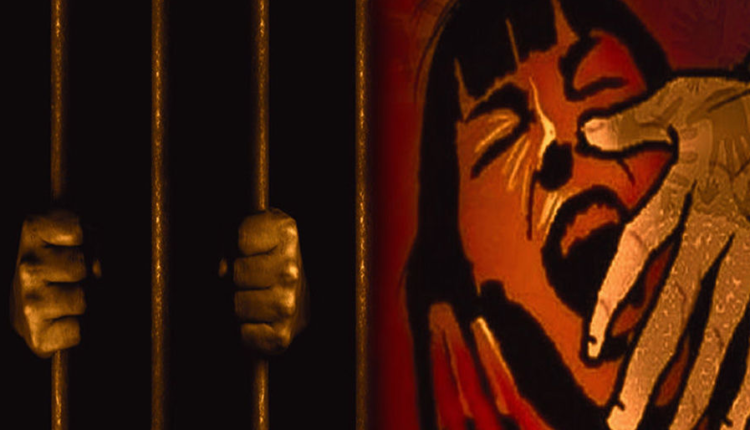
In a remarkable discovery, scientists from the Natural History Museum, University of Bristol, University of Leicester, and the University of Liverpool have unearthed the fossil of a unique species of flying reptile, known as a pterosaur on a Scottish island. This pterosaur, named Ceoptera, lived approximately 168-166 million years ago during the Middle Jurassic period.
Its wings, shoulders, legs, and backbone were found in a rock on the Isle of Skye, but the fossil’s skull was missing, as per aBBC report. The creature probably had a wing span of around 1m to 1.5m, as per the scientists’ findings. Notably,Isle of Skye is an island located just off the northwest coast of mainland Scotland and known for its rugged landscapes
Dr Liz Martin-Silverstonev who used a CT scanner to make a 3D digital model of the fossil remarked that fossils from this era, called the Middle Jurassic, are ”extremely rare”.”Finding anything from that period that’s more than just a single bone is exciting,” she said.
“During the Middle Jurassic pterosaurs were undergoing a transitional from the earlier long-tailed, small-bodied forms to the larger short-tailed forms that dominated the skies of the [subsequent] Cretaceous, but we have very few fossils from this time to understand how this transition took place. Ceoptera is one of those few animals that fills this gap,” Dr Martin-Silverstone told Newsweek.
Professor Paul Barrett, Merit Researcher at the Natural History Museum and senior author on the paper said, “Ceoptera helps to narrow down the timing of several major events in the evolution of flying reptiles. Its appearance in the Middle Jurassic of the U.K. was a complete surprise, as most of its close relatives are from China. It shows that the advanced group of flying reptiles to which it belongs appeared earlier than we thought and quickly gained almost worldwide distribution.”
Ceoptera is the second pterosaur to be found on the Isle of Skye, and its name is derived from the Scottish Gaelic word ”cheò,” meaning mist.
According to Professor Steve Brusatte, who was not involved in the research, Ceoptera is unique to Scotland and the research proves that a type of pterosaur between the primitive and advanced stages of evolution existed. He explained that during the Middle Jurassic period, pterosaurs ruled the skies as birds didn’t exist at that time.
The professor further explained that during the Middle Jurassic period, Scotland was part of an island in the middle of the Atlantic Ocean with a sub-tropical climate with beaches and lagoons where the pterosaurs probably liked to live.
The study named “A new pterosaur from the Middle Jurassic of Skye, Scotland and the early diversification of flying reptiles” is published in the Journal of Vertebrate Paleontology.
















